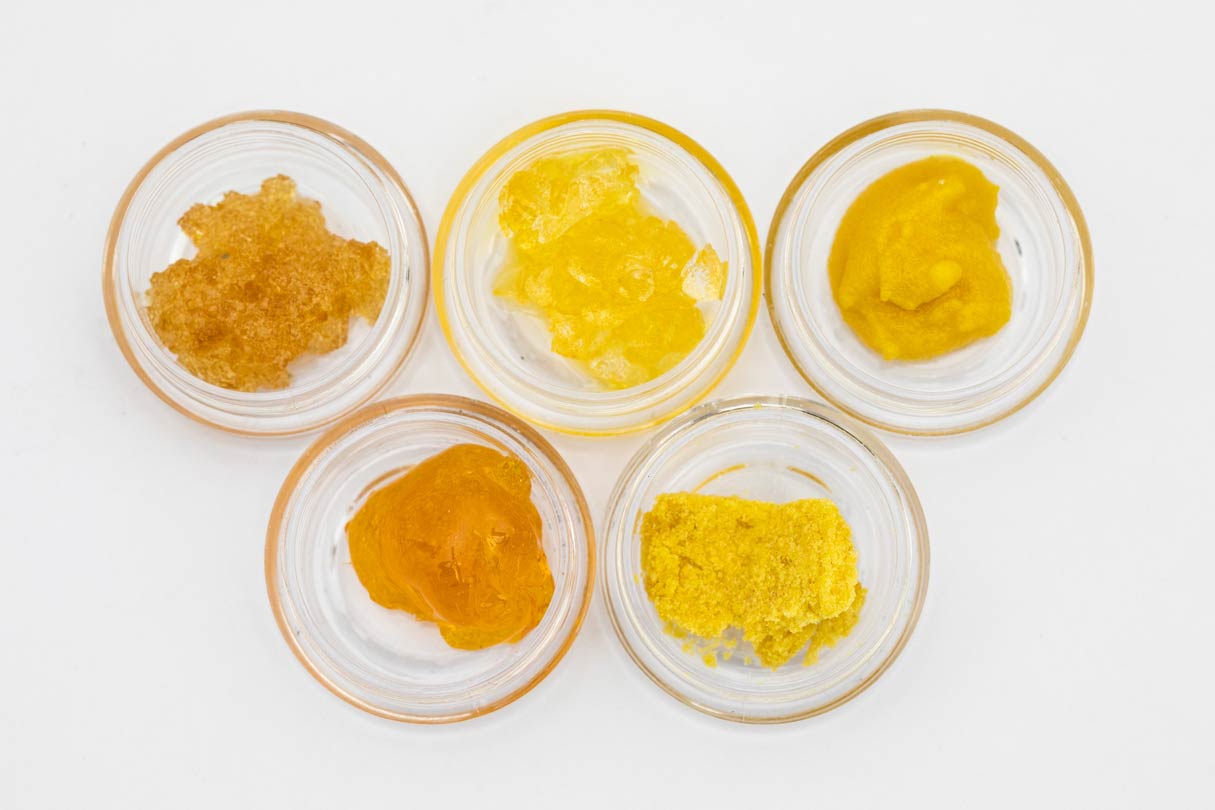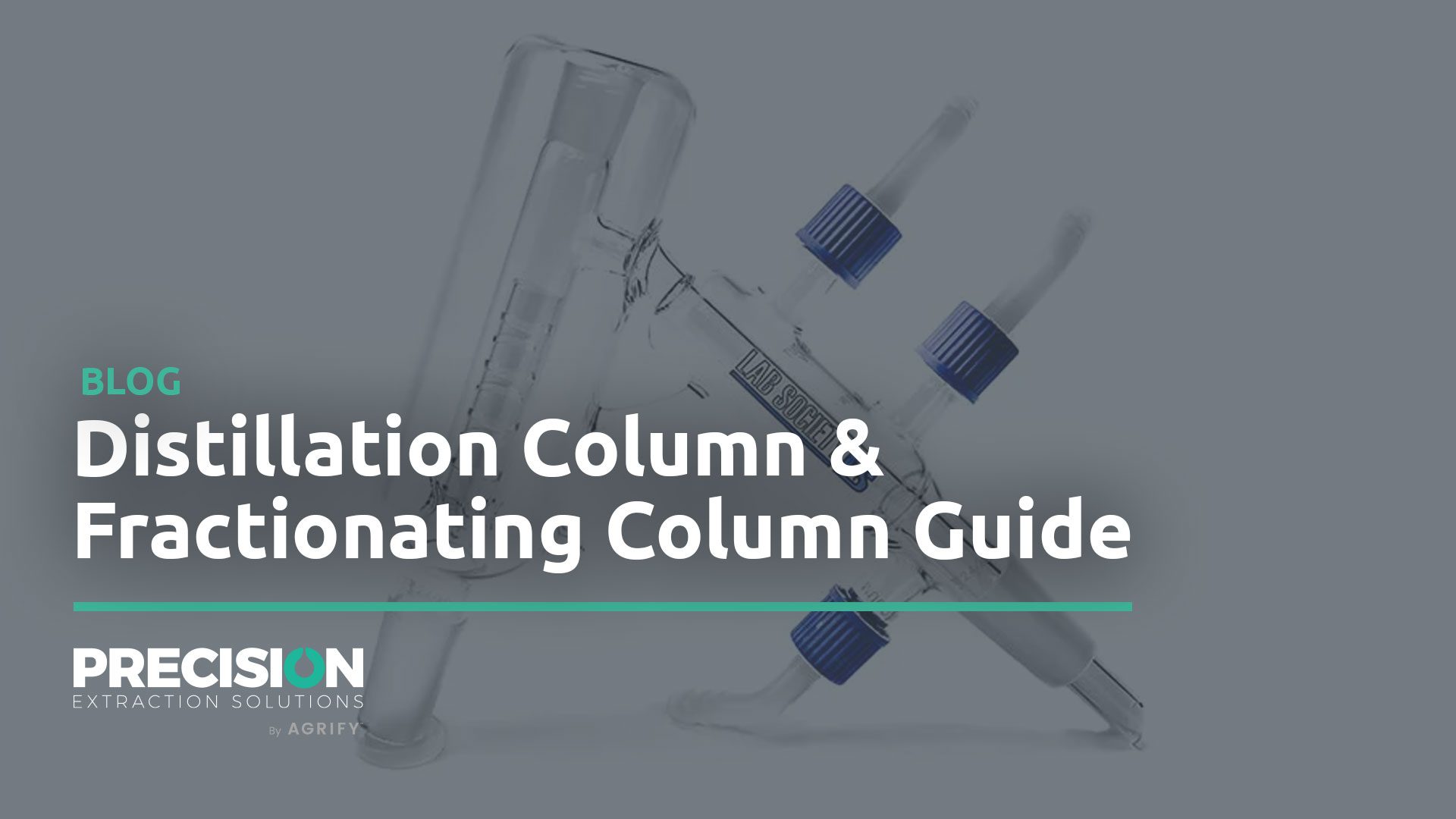
It’s true: CBD health and wellness phenomenon continues to boom. The market is doubling every year. CBD’s mood-regulating and anti-inflammatory properties finally reach beyond the dispensary and vape shop. Skincare products, bath oils, beverages galore… To get CBD in all of these, of course, requires extraction. But what does the extraction process look like? It’s an essential question for anyone interested in joining the CBD market, as well as CBD customers who want to understand what they’re consuming.
At Precision Extraction, we believe the cleanest, most effective, and highest quality methods for commercial and industrial-scale extraction involve organic solvents: ethanol, butane, propane. This blog will provide a user-friendly overview of the significant steps in hydrocarbon extraction of CBD – from plant selection to final CBD retail products.
Step 1: Determine Your CBD Extraction Goals
To understand the path forward, you must first answer yourself questions like…
What end-products do you have in mind? The options are plentiful: tinctures, topicals, shatters, waxes, the Sauce, crude oil, etc.
What type of CBD extract are you trying to create?
There are three common categories:
- Isolate (CBD only)
- Broad-spectrum (CBD plus other non-psychoactive cannabinoids)
- Full-spectrum (CBD plus a full range of cannabinoids, including THC)
It’s essential to know your end goals before you make any big decisions about the process. For example, if you’re looking to produce full-spectrum CBD shatter, butane is probably a better solvent than ethanol.
Step 2: Selecting the Proper Plant Material
In today’s green rush, this is a surprisingly overlooked part of the process. The plants you choose will have a definitive effect on the extracts you create. Extracts carry the essence of a plant, so you want to make sure the plants you choose contain the traits you’re looking for in an extract.
When selecting plant material, it’s important to consider:
- CBD ratios
- Terpene profile
- Cultivation quality
Step 3: Decide on Extraction Method
A variety of extraction methods are available. Each has unique strengths and limitations. To find the best one for your situation, consider the following factors:
- End-product goals (as mentioned in Step 1)
- Logistical factors & confines: budget, time, facilities, human resources
- Scale of production: small/personal batches? Mid-range commercial? Large-scale industrial?
Specific extraction methods become more efficient at larger scales, and each machinery line is unique. Commercial and industrial-scale production often require more significant initial investment in machinery and regulated facilities in addition to trained employees.
Step 4: Primary Extraction
Now that you’ve got a plan, plants, and the machinery (and your sterile work scrubs on), it’s time to get down to the extracting. The plant matter is placed in a steel column, also known as the ‘material chamber.’ In a separate chamber, the solvent (ethanol, butane, or propane) is chilled until it becomes liquid.
The liquid solvent is transferred to the material chamber, where it washes over the plant, bonding to certain compounds and removing them from the plant. CBD is the primary compound, but different solvents bond to an array of natural compounds as well.
Step 5: Concentrate Refinement
When the wash is complete, the solvent mixture leaves the plant matter behind and moves on to a new chamber. The solvent now contains cannabinoids and tasty terpenes but also some less desirable fats and waxes that affect flavor, color, and psychoactive effect.
These unwanted components can be separated from the solvent in many ways. Often this involves dropping the temperature – sometimes as low as -90 Celsius – so that specific plant lipids separate and can be removed with a fine-grain filter.
Step 6: Initial Solvent Removal
At this point, once larger unwanted materials like waxes and lipids have been removed, the temperature is brought up to distill most of the remaining butane/propane/ethanol solvent. In a closed-loop extraction system, like our X10 or X40, the solvent is collected in another chamber so that it can be used for subsequent extraction batches.
Even though heat-treating the concentrate removes the majority of the solvent, the remaining CBD concentrate still has trace amounts of solvent in it, and now is the time to eliminate the last bit. Which leads us to…
Step 7: Final Solvent Purge
This final purge may vary according to your machinery and desired end-products. One reliable method involves a vacuum oven. The concentrate is removed from the collection chamber and spread thinly over a small tray, exposing a wide surface area, then transferred to the oven.
The oven raises temperatures high enough to eliminate residual solvent without burning off the valuable cannabinoids and terpenes.
What remains is a CBD-rich concentrate. A concentrate fresh out of the vacuum oven is dry and pliable, easily adapted to create shatter. It can also be warmed up to produce budder.
High-Quality CBD Products Require a High-Quality Extraction Process
CBD extraction starts with you and your vision. It depends on farmers cultivating beautiful plants. But even the best cannabis in the world is no guarantee of quality CBD extracts. For that, you need efficient, safe equipment. If CBD extraction is your business, you need a process that works for your company logistics and procedures with repeatability shift after shift.
The Precision Extraction team takes pride not only in our ability to manufacture the best extraction gear, but also to help pair our clients with the machinery best suited to their business dreams.
Ready to find the best extraction plan for your team? Contact us today!








